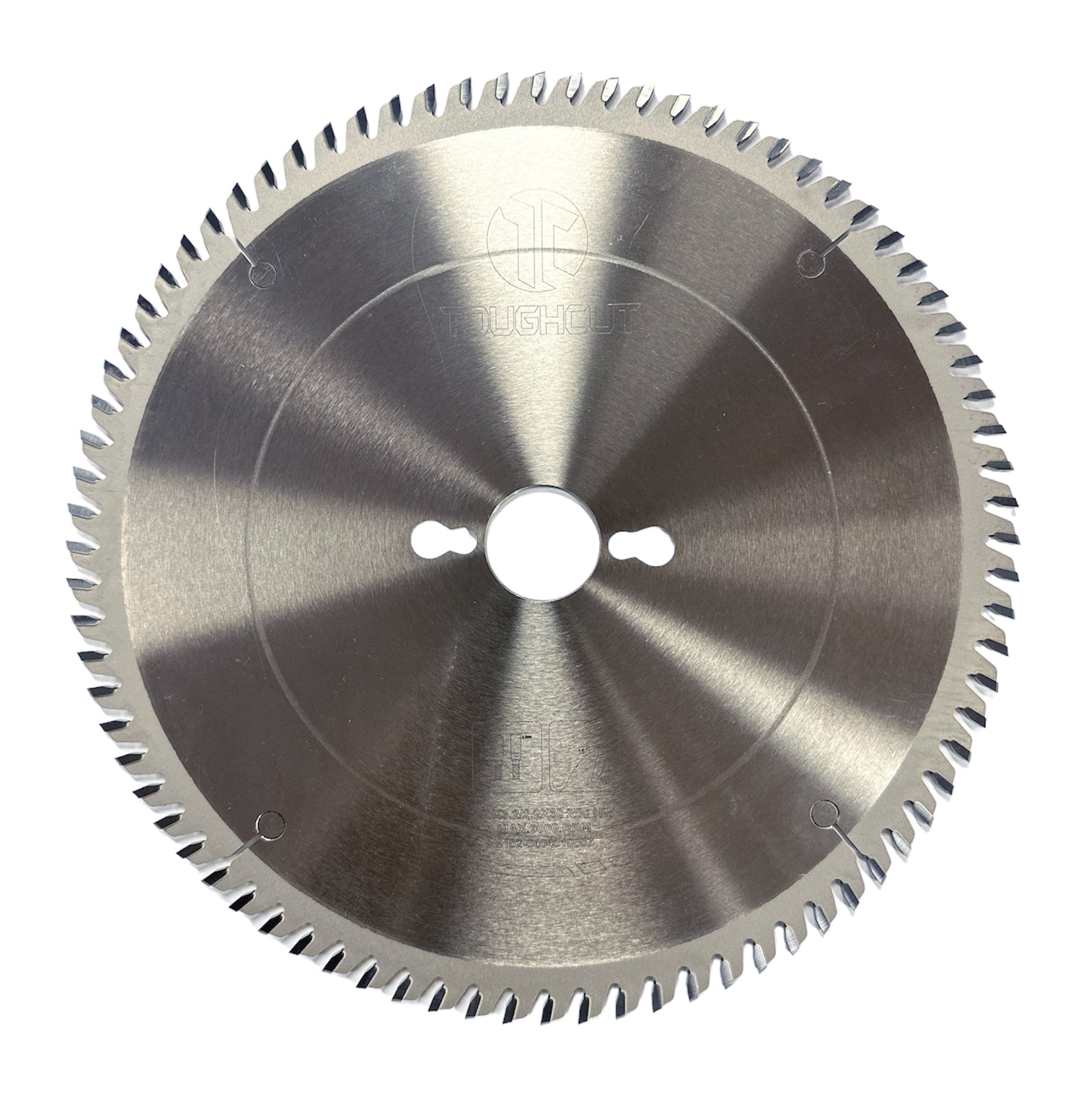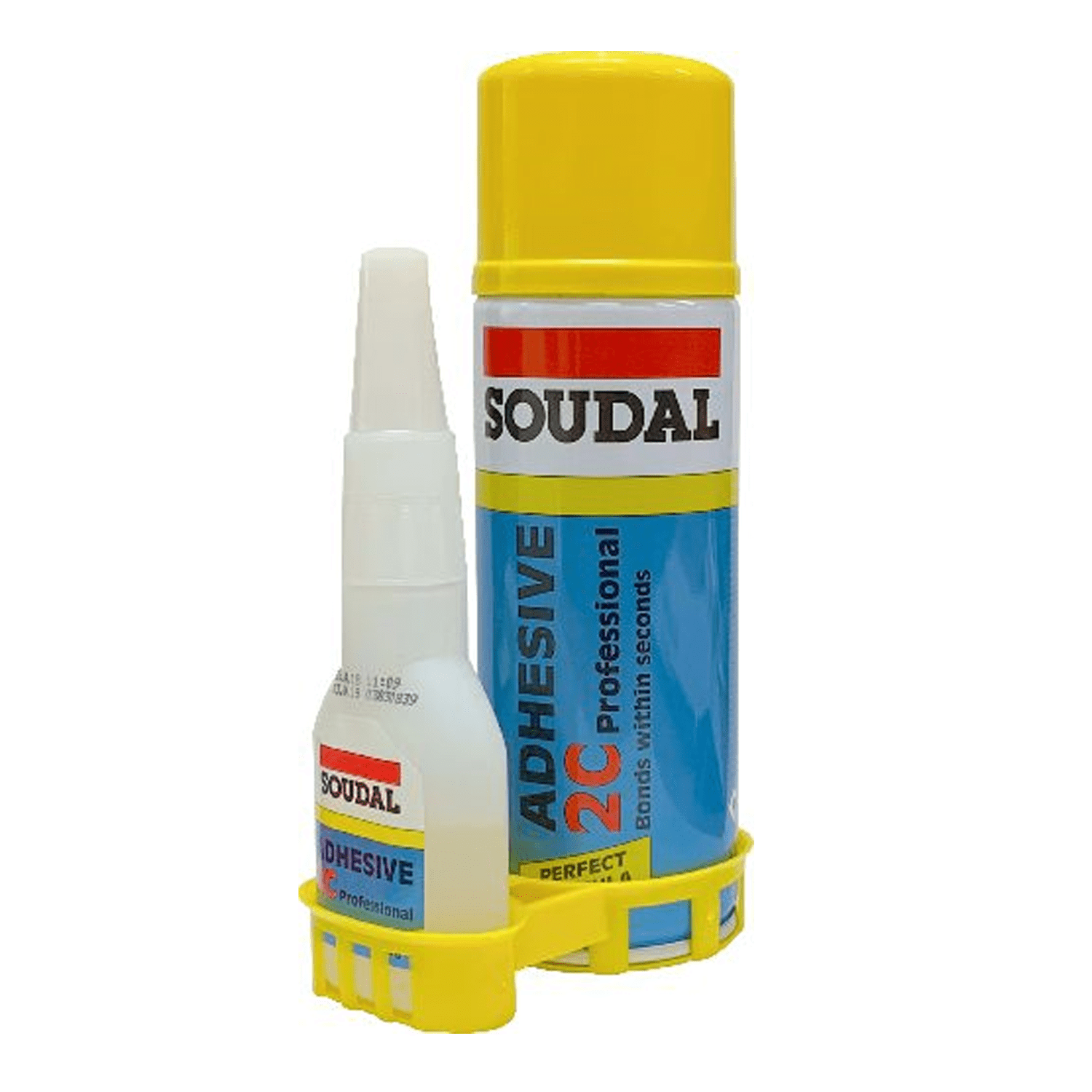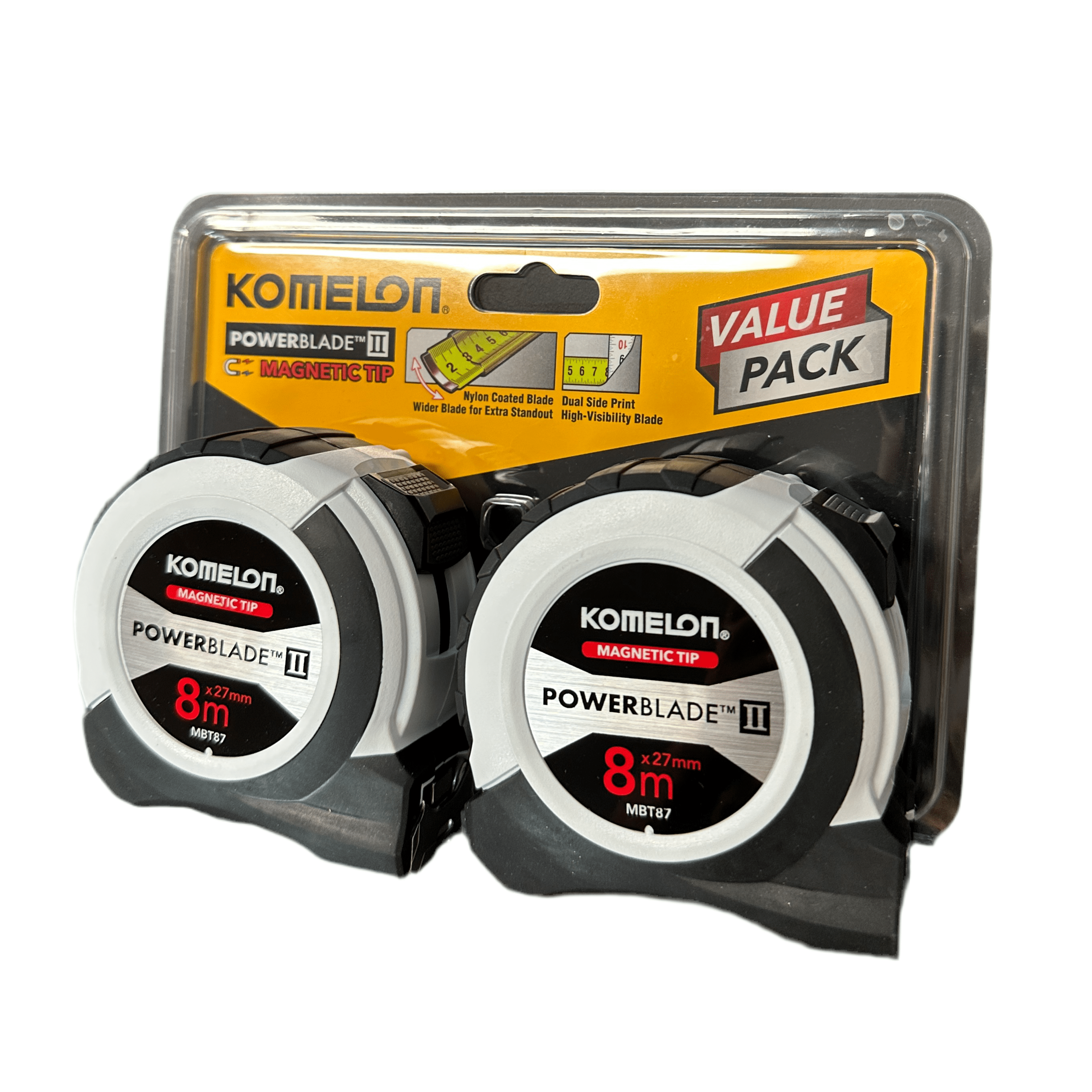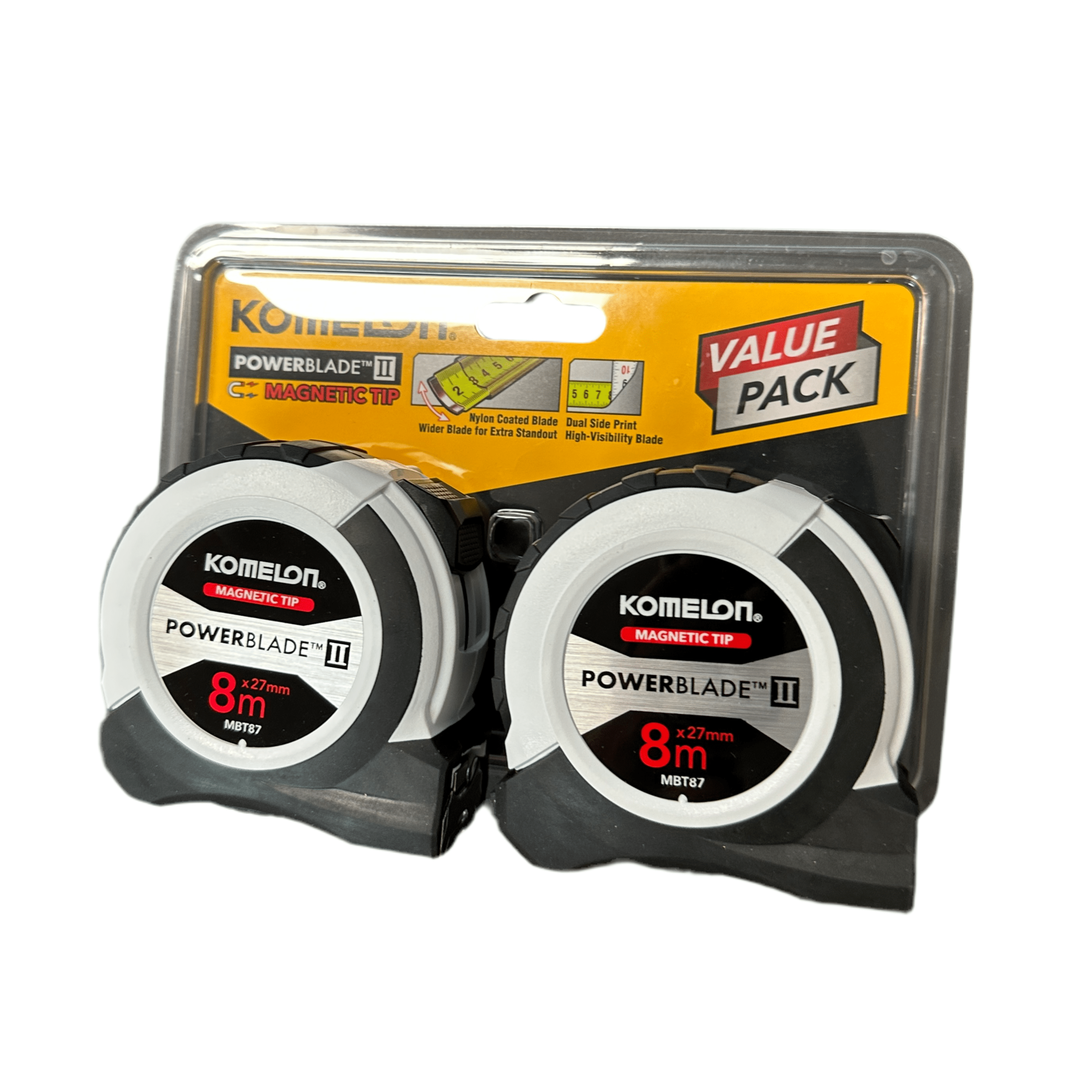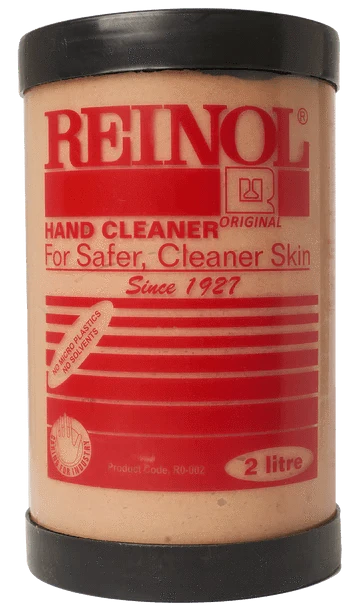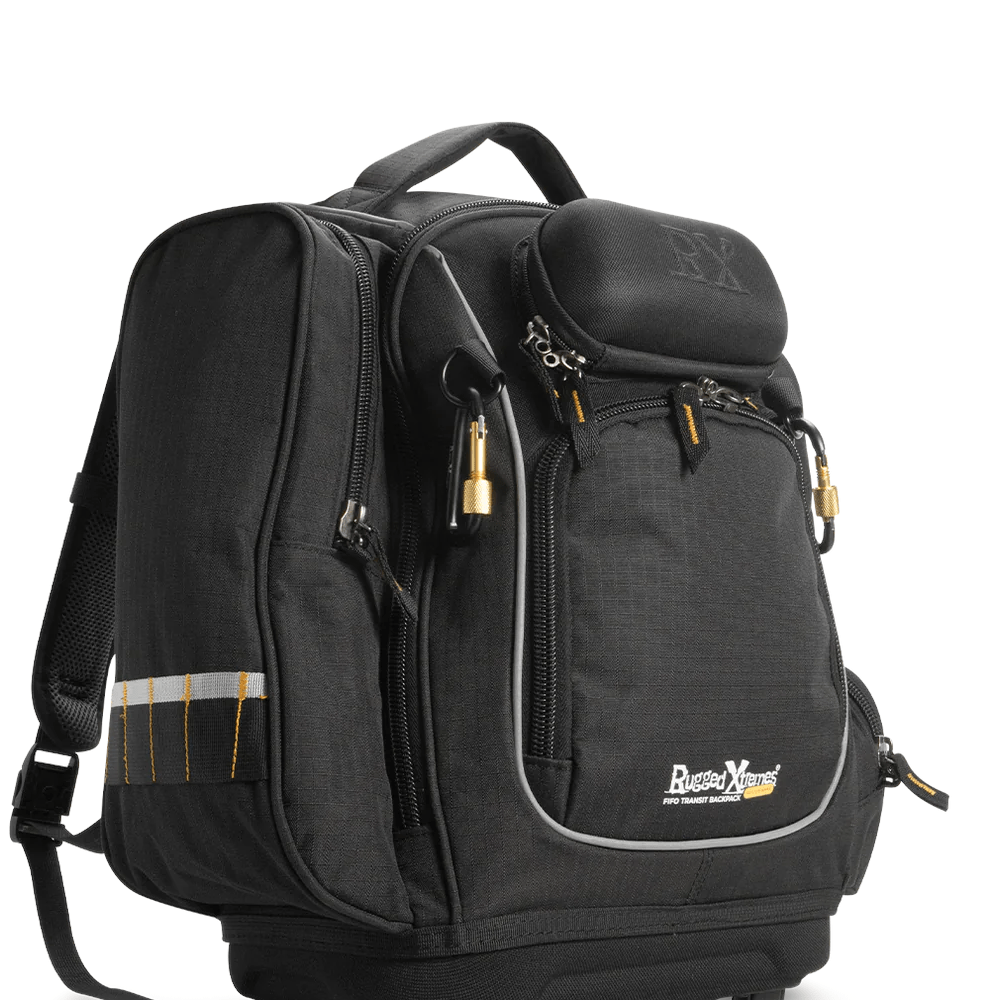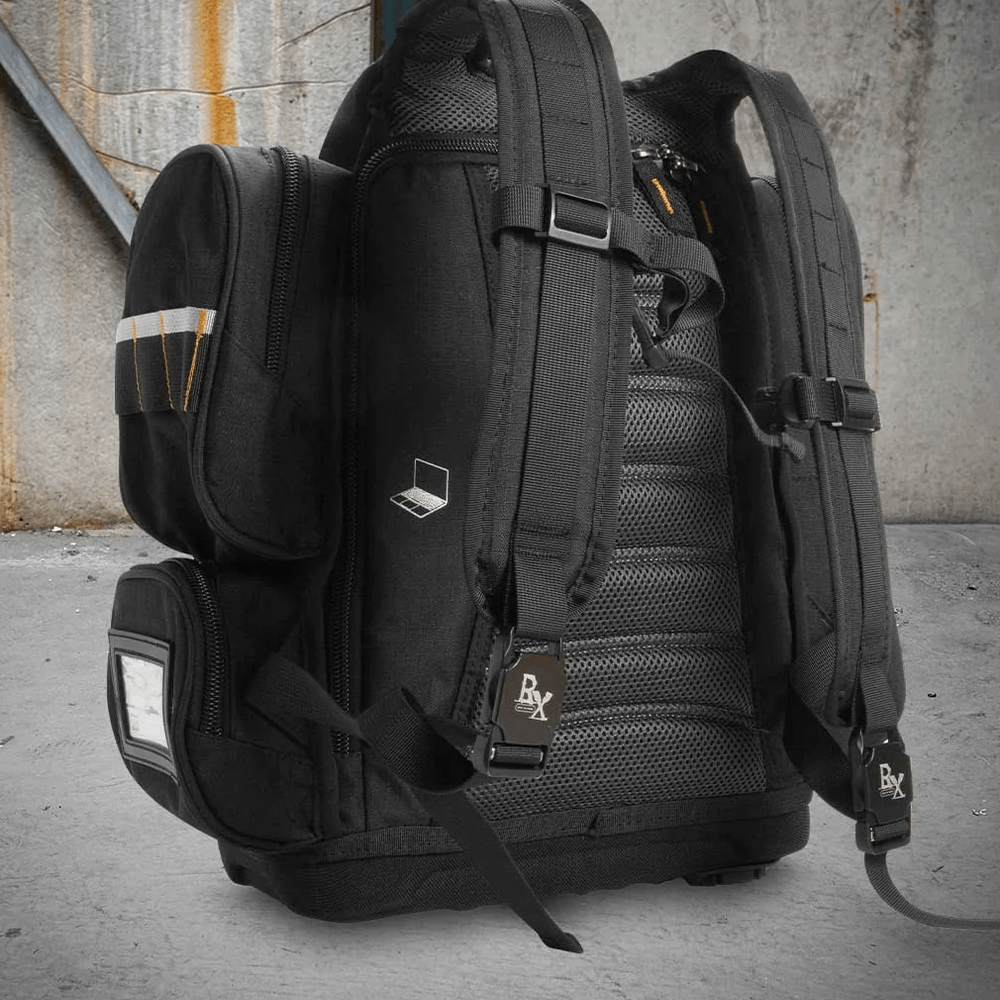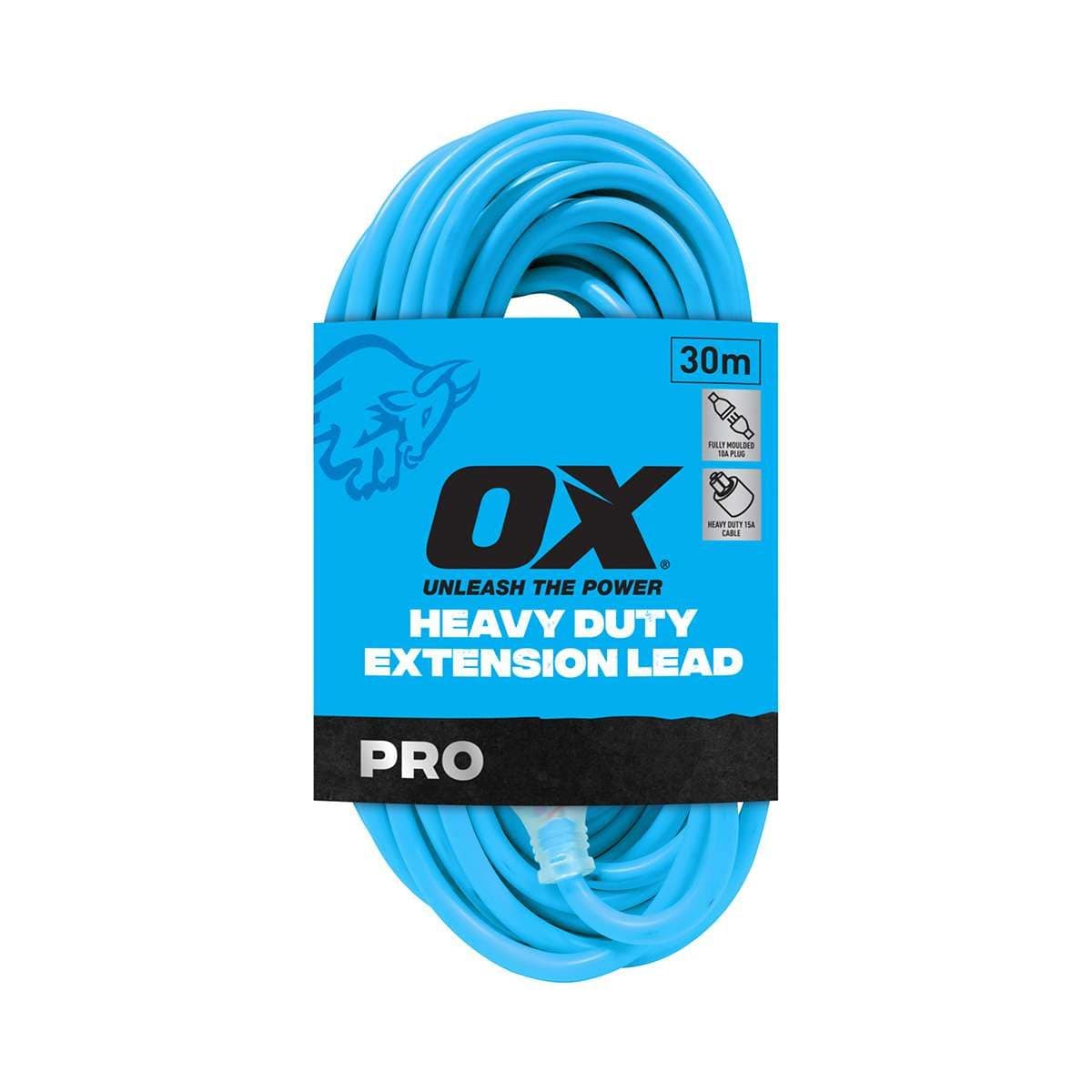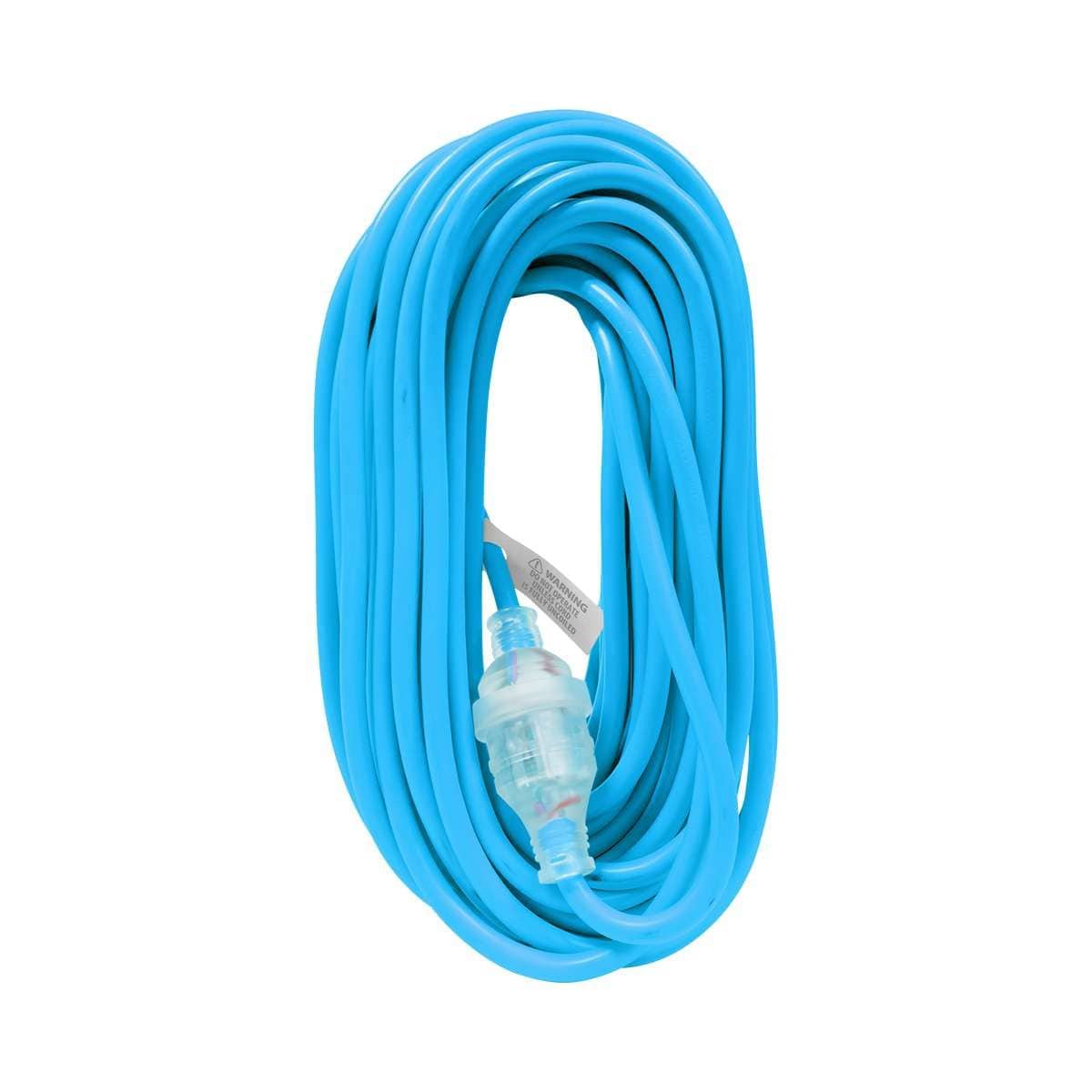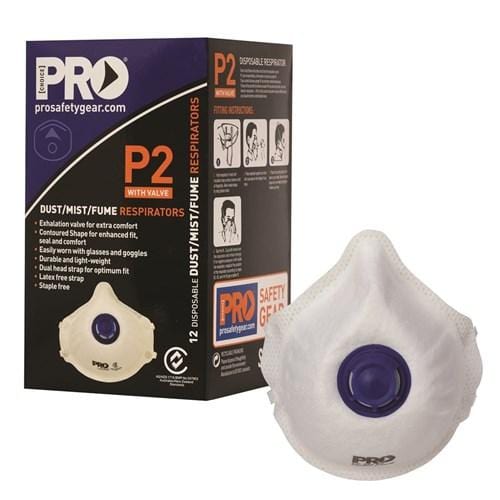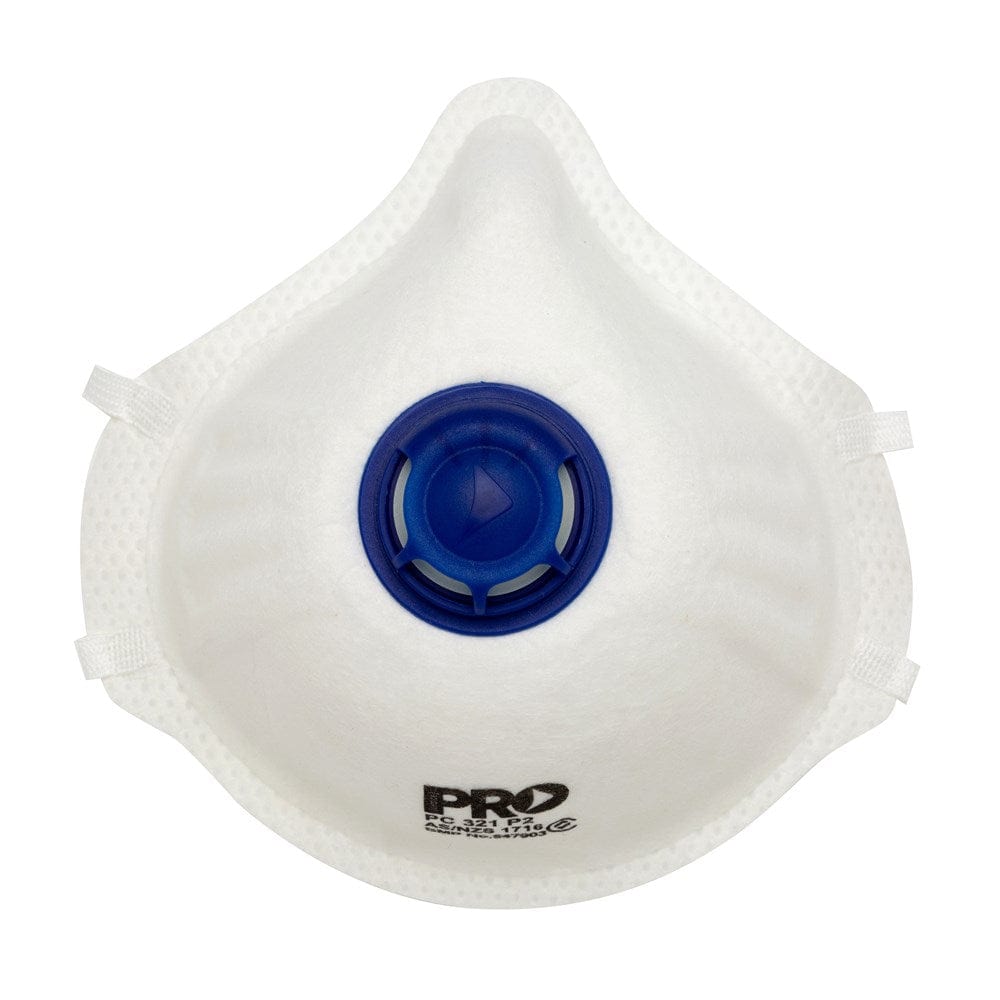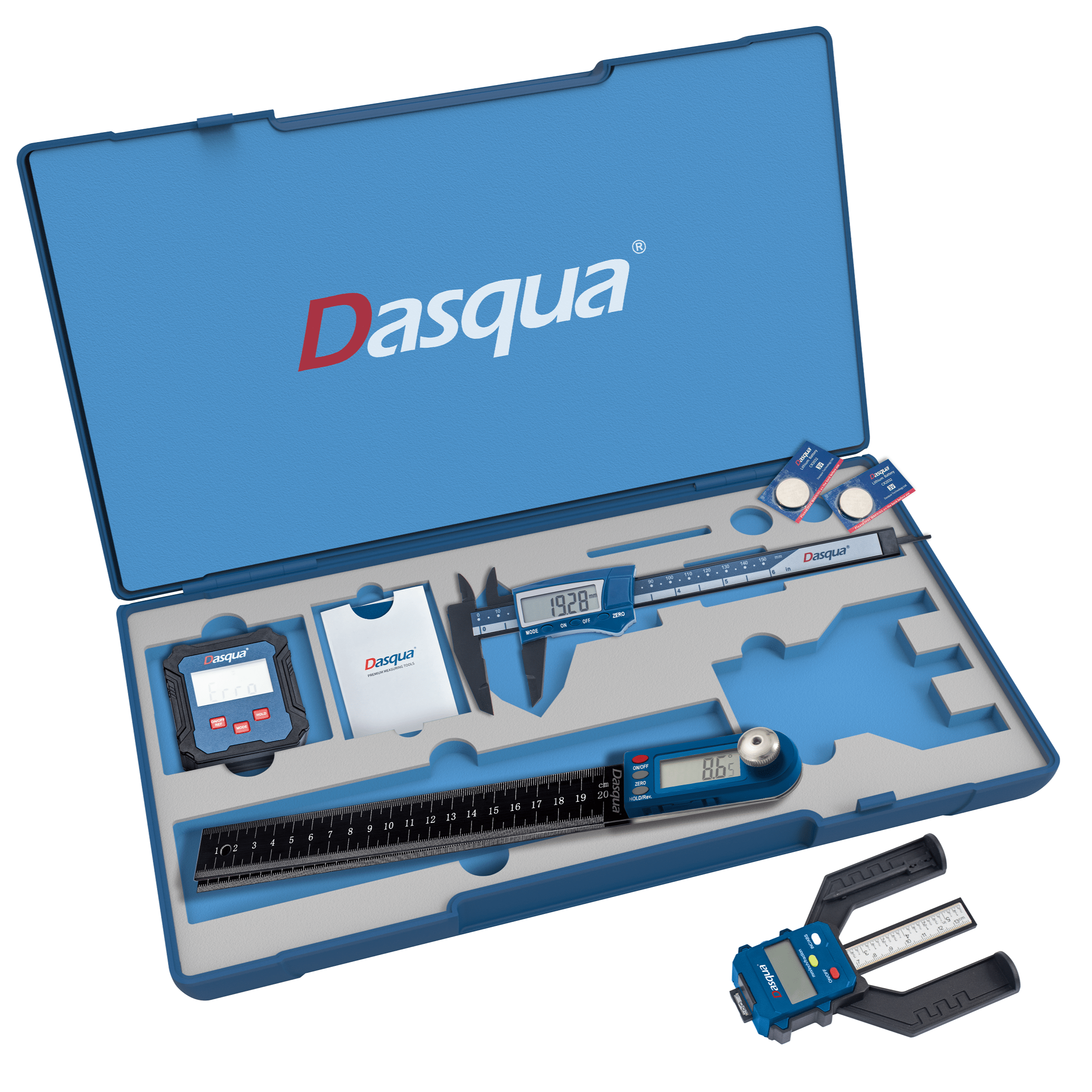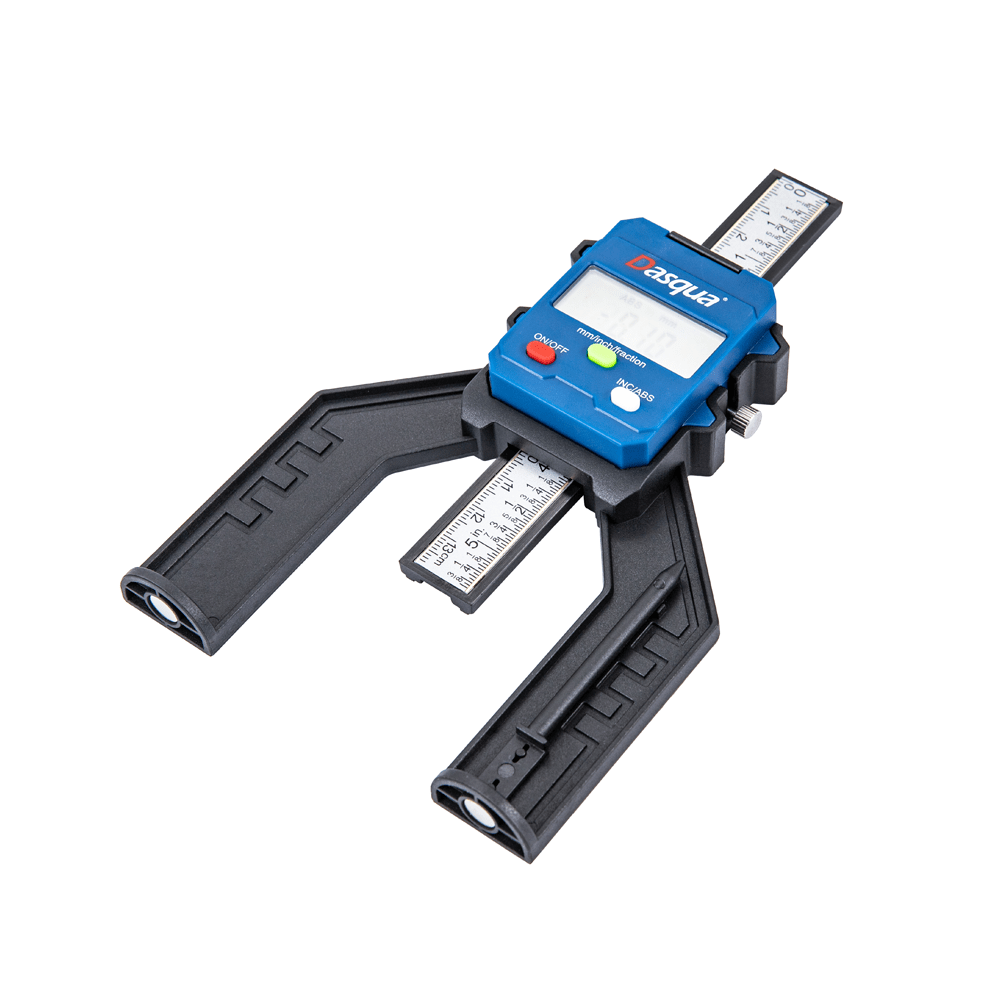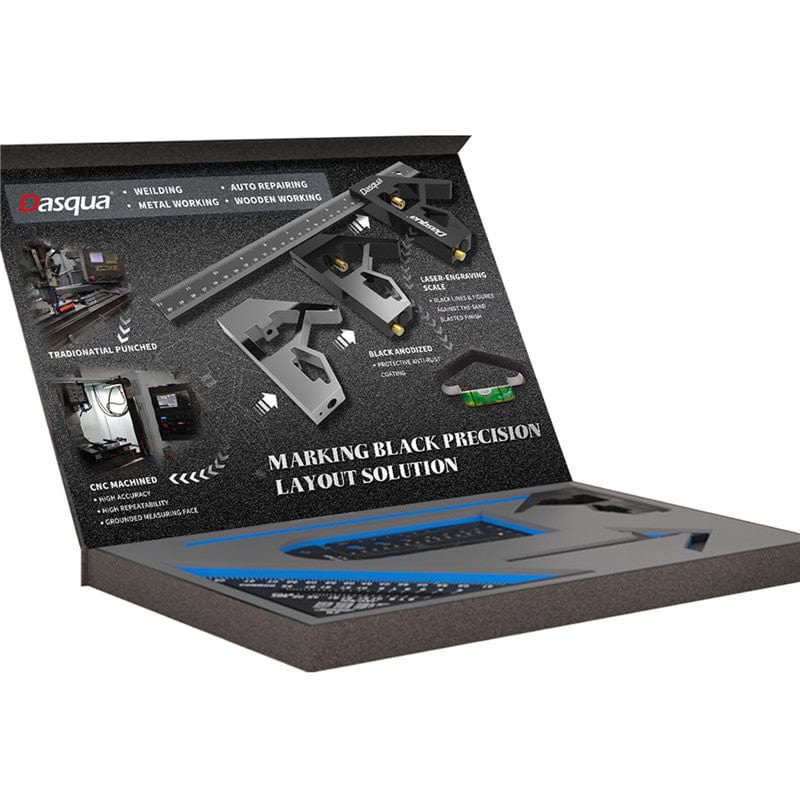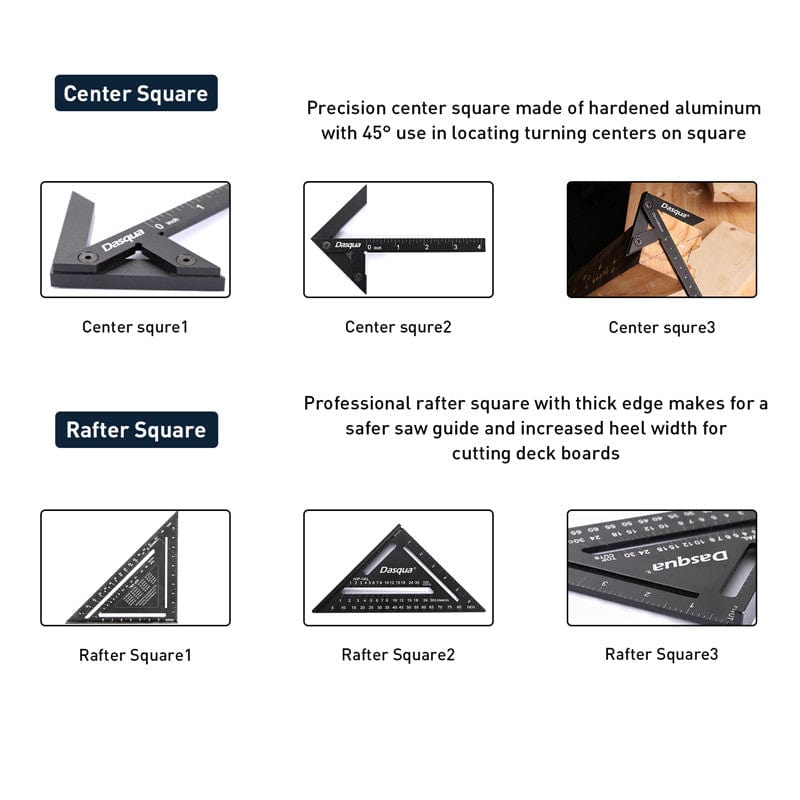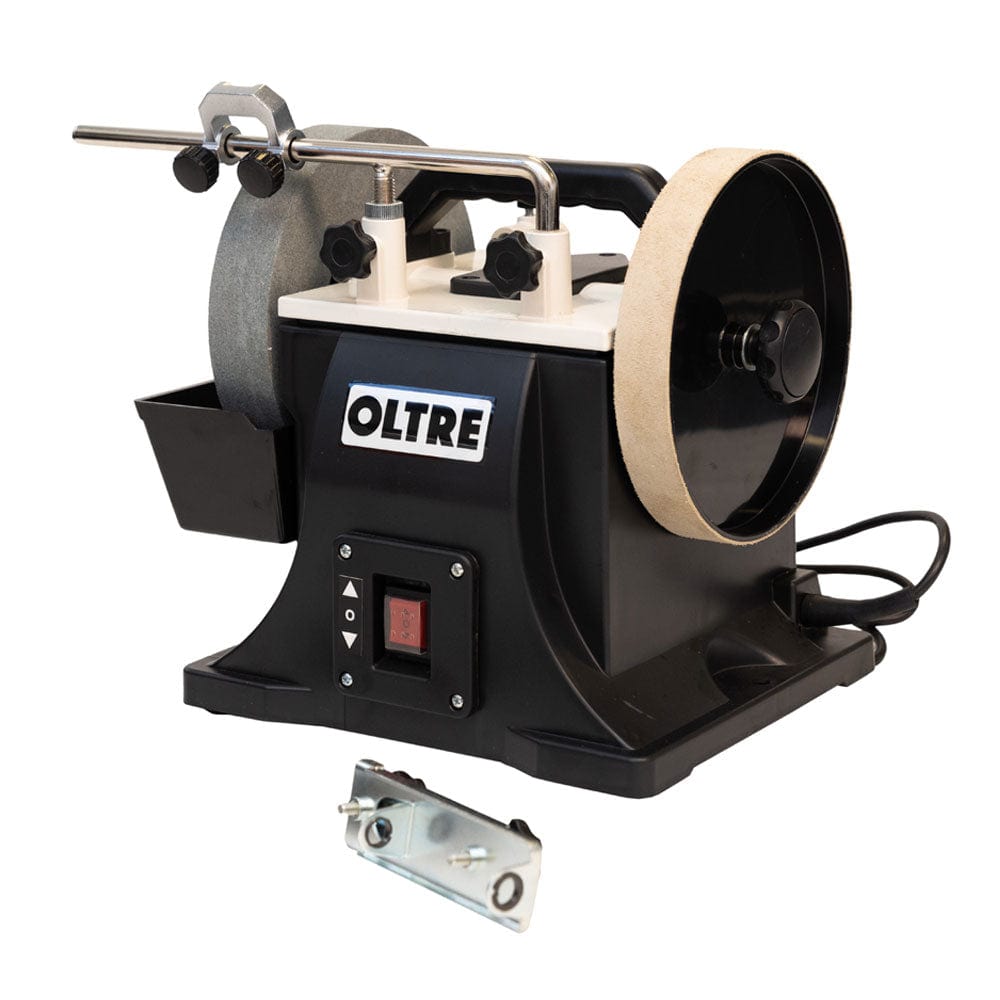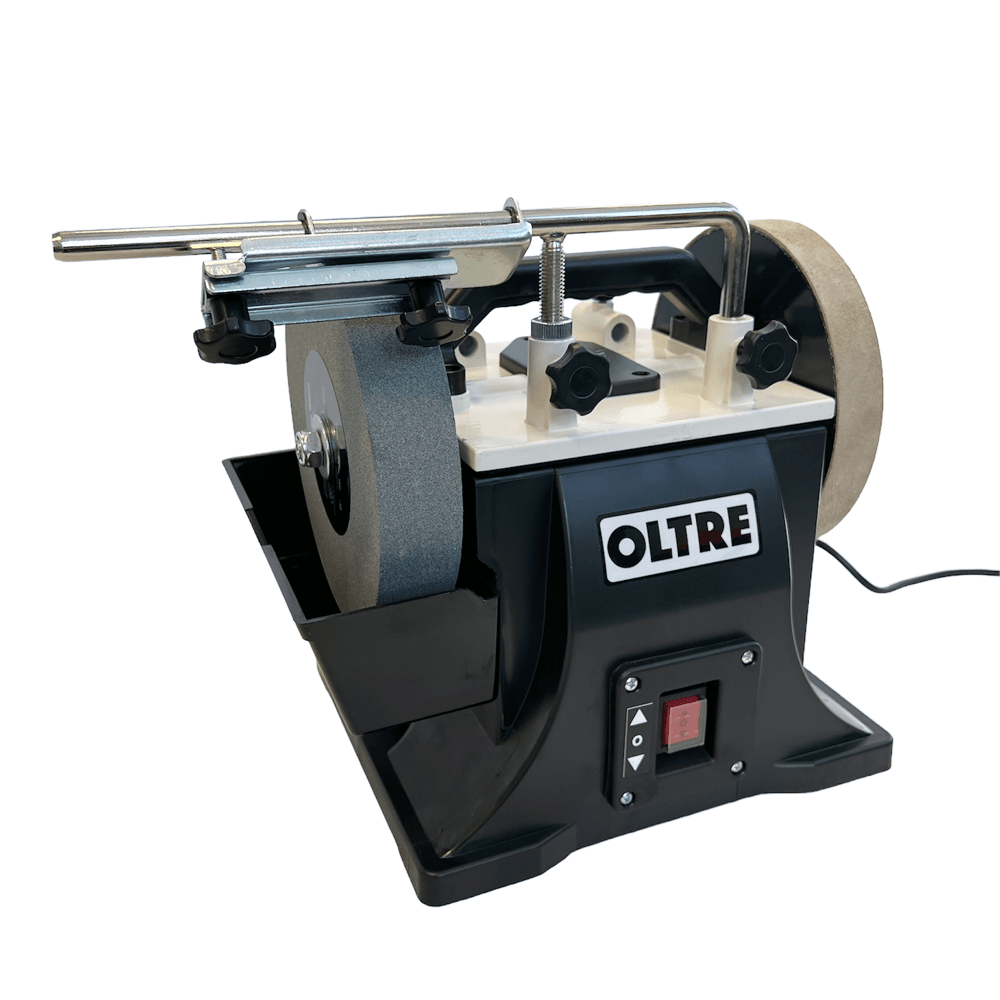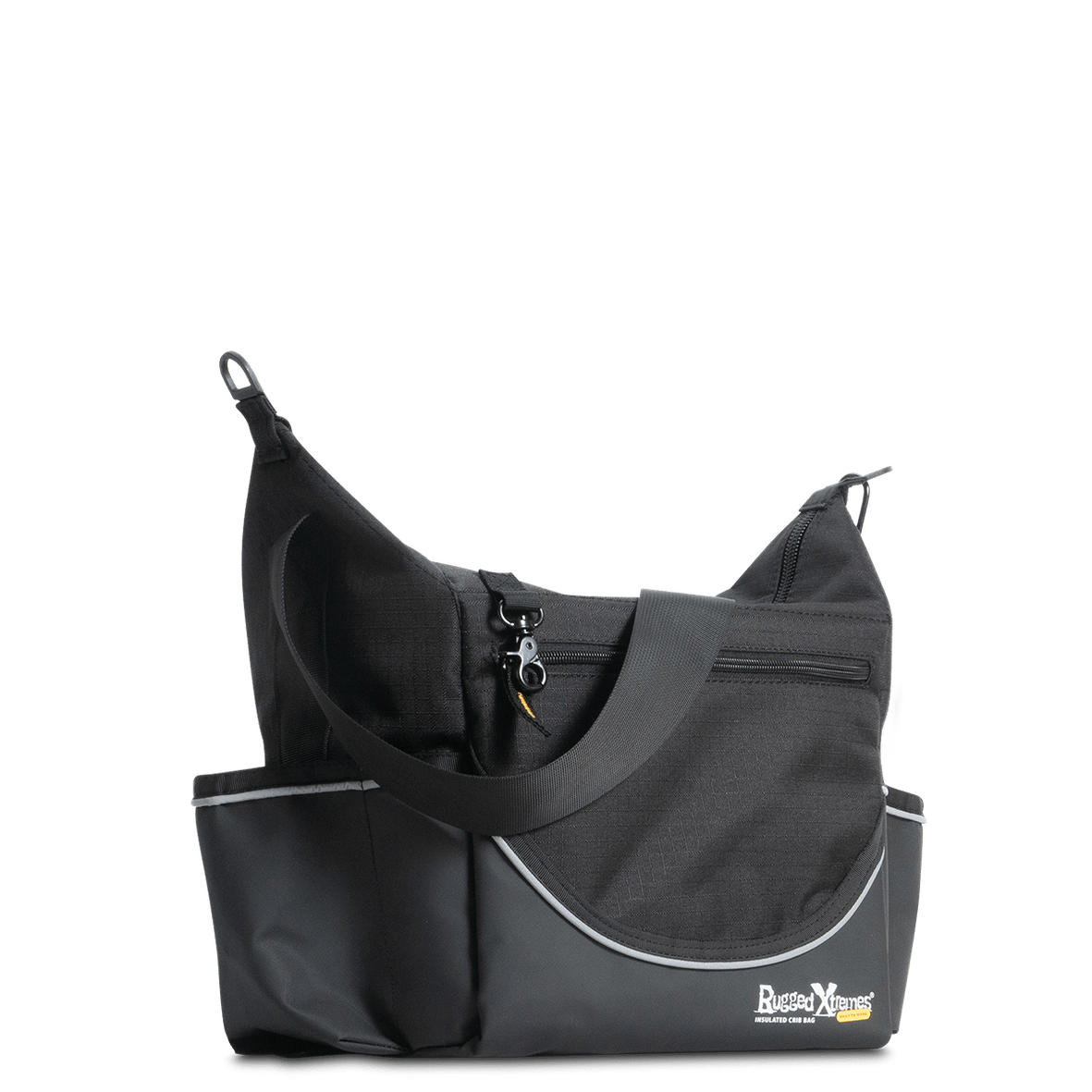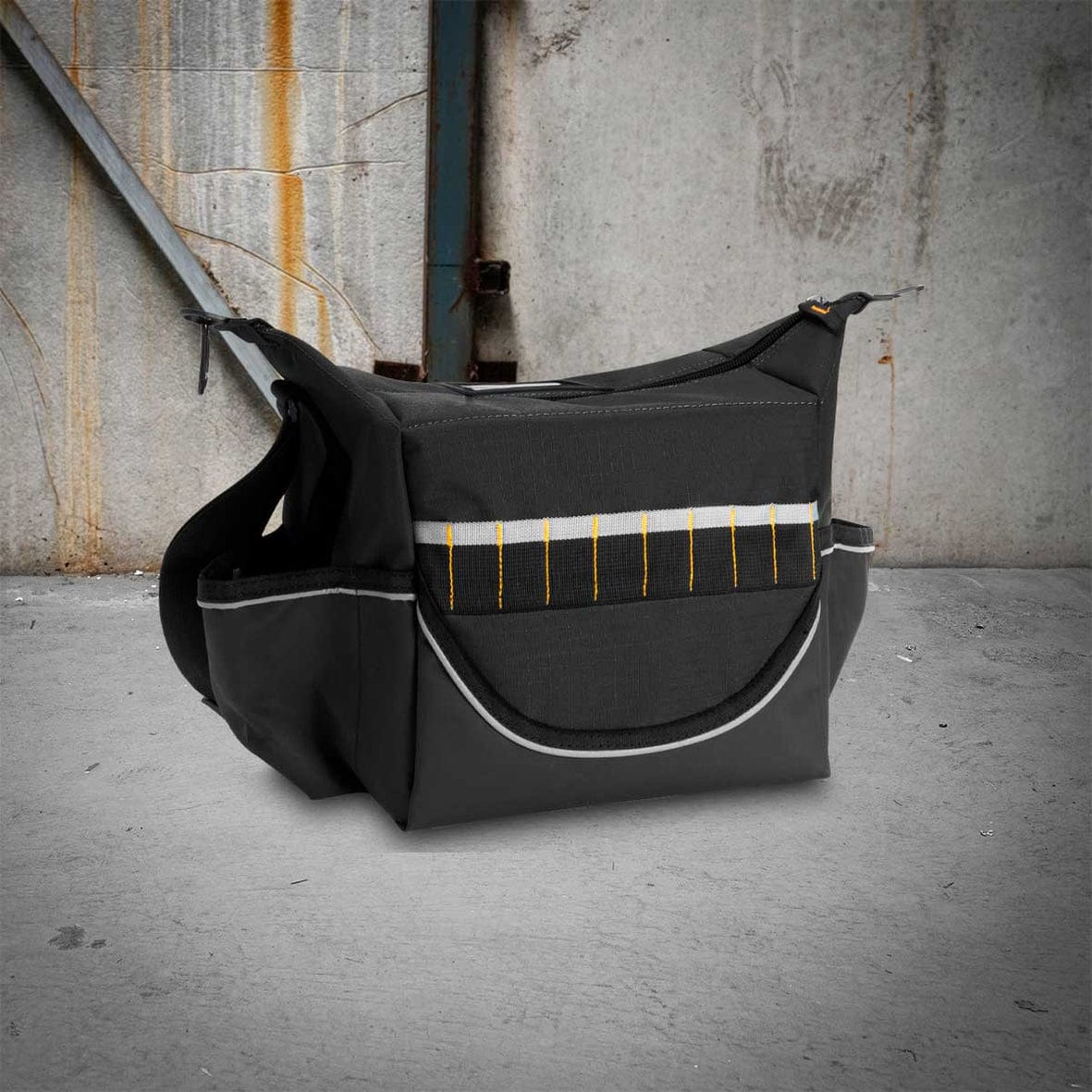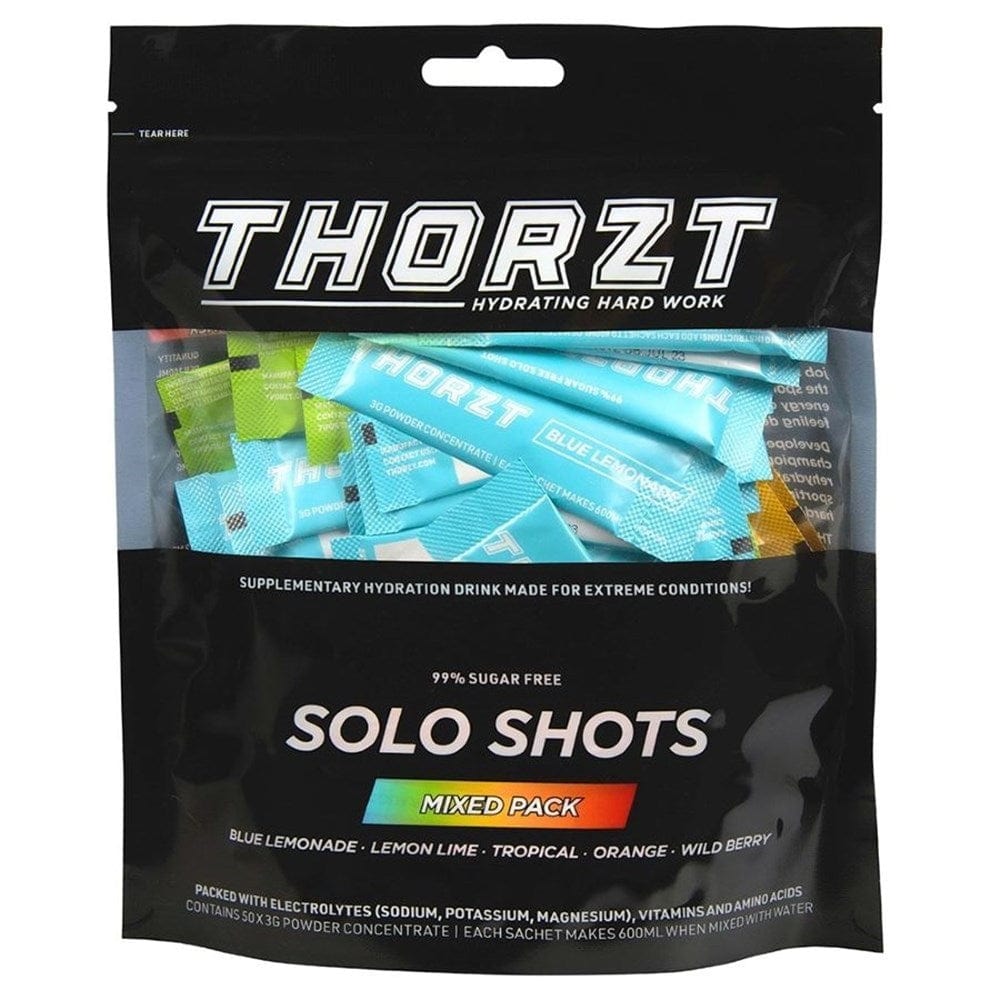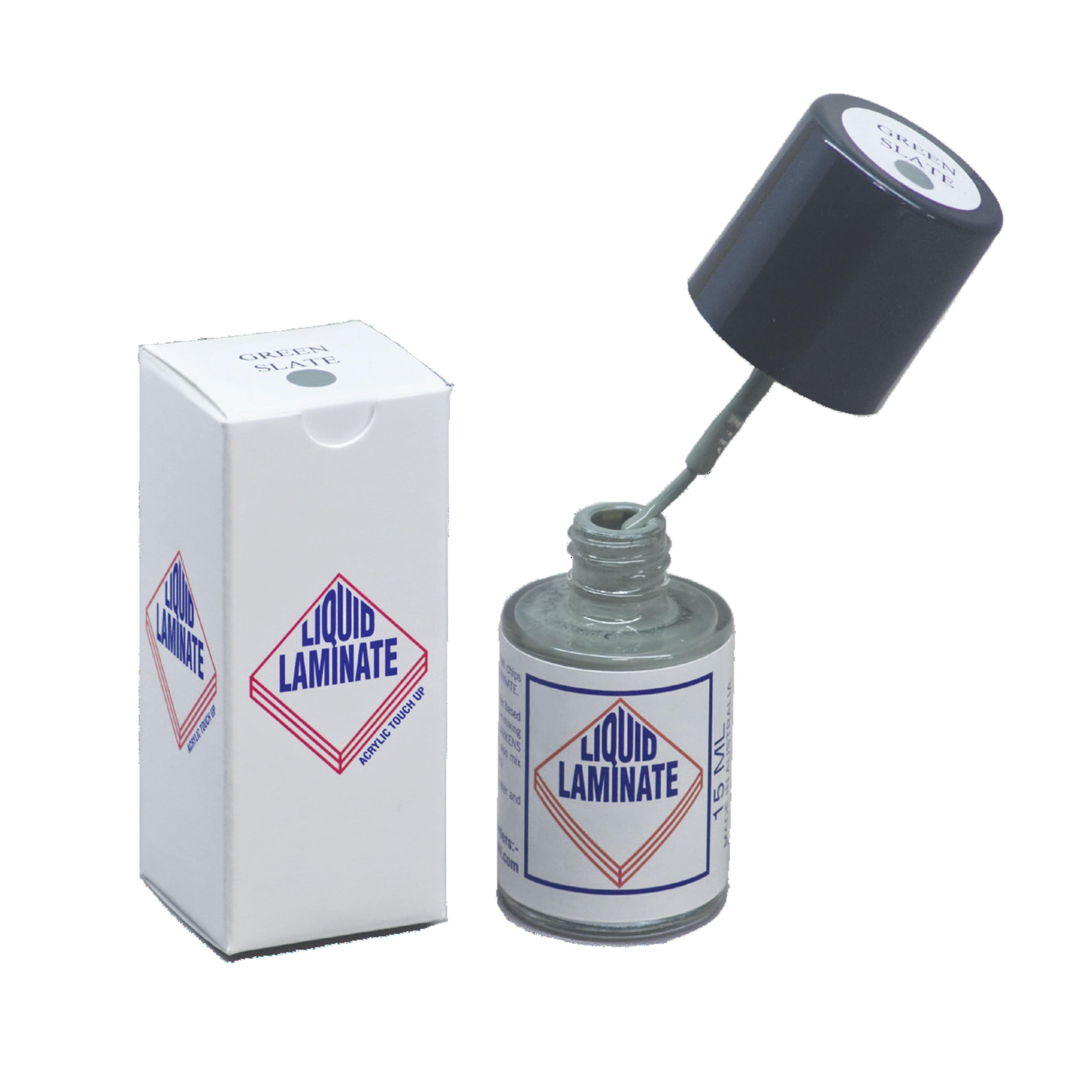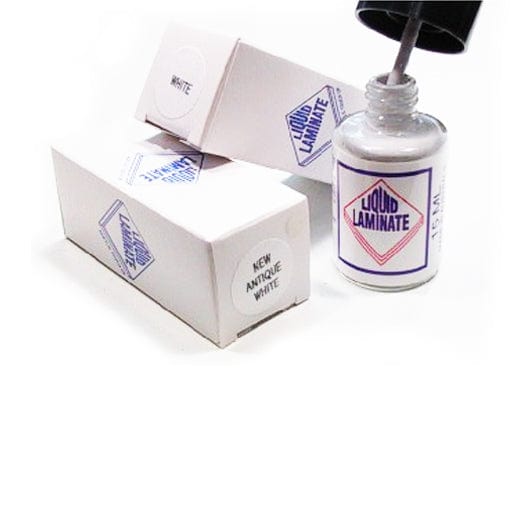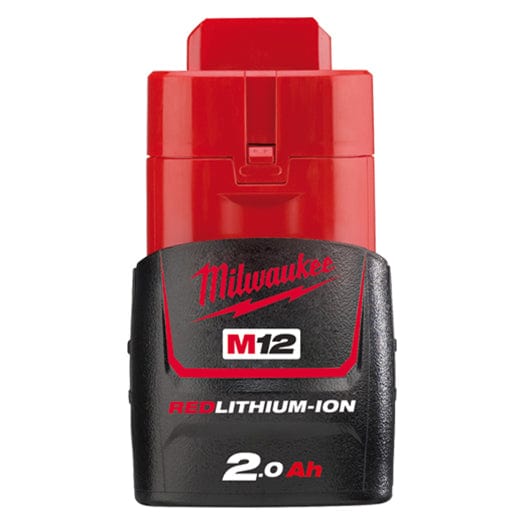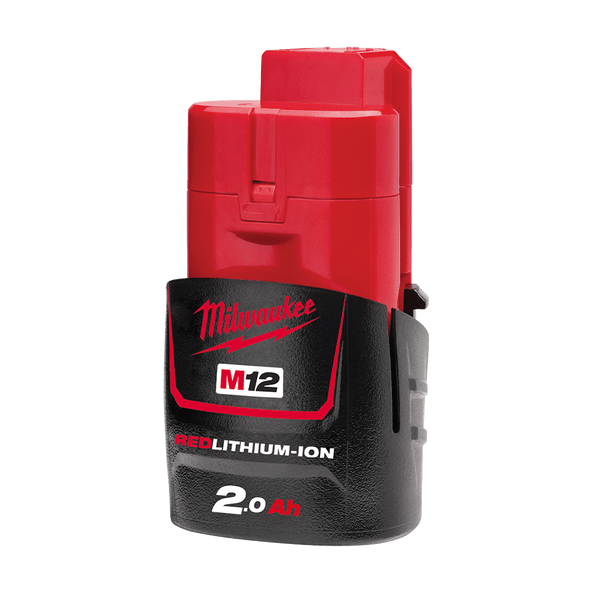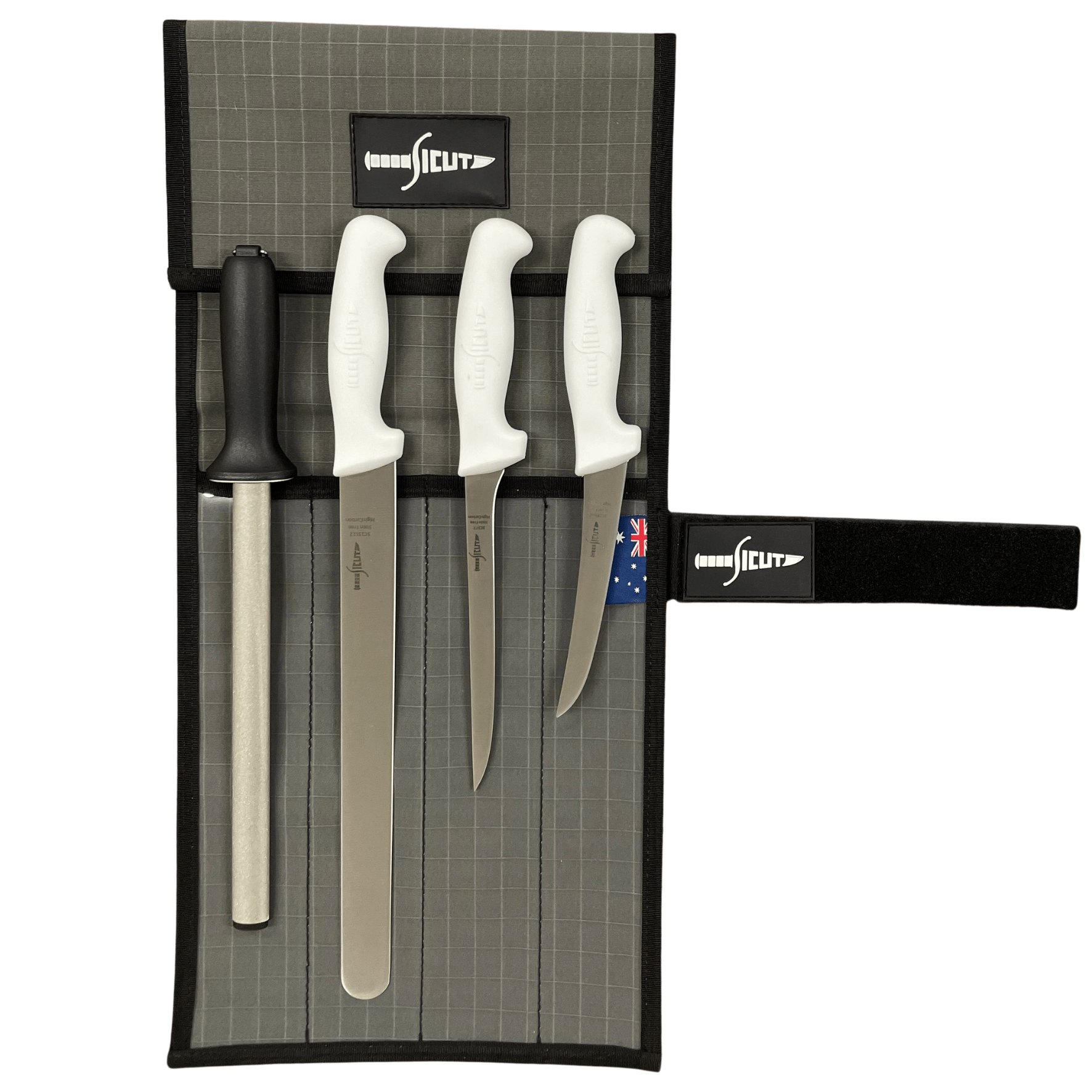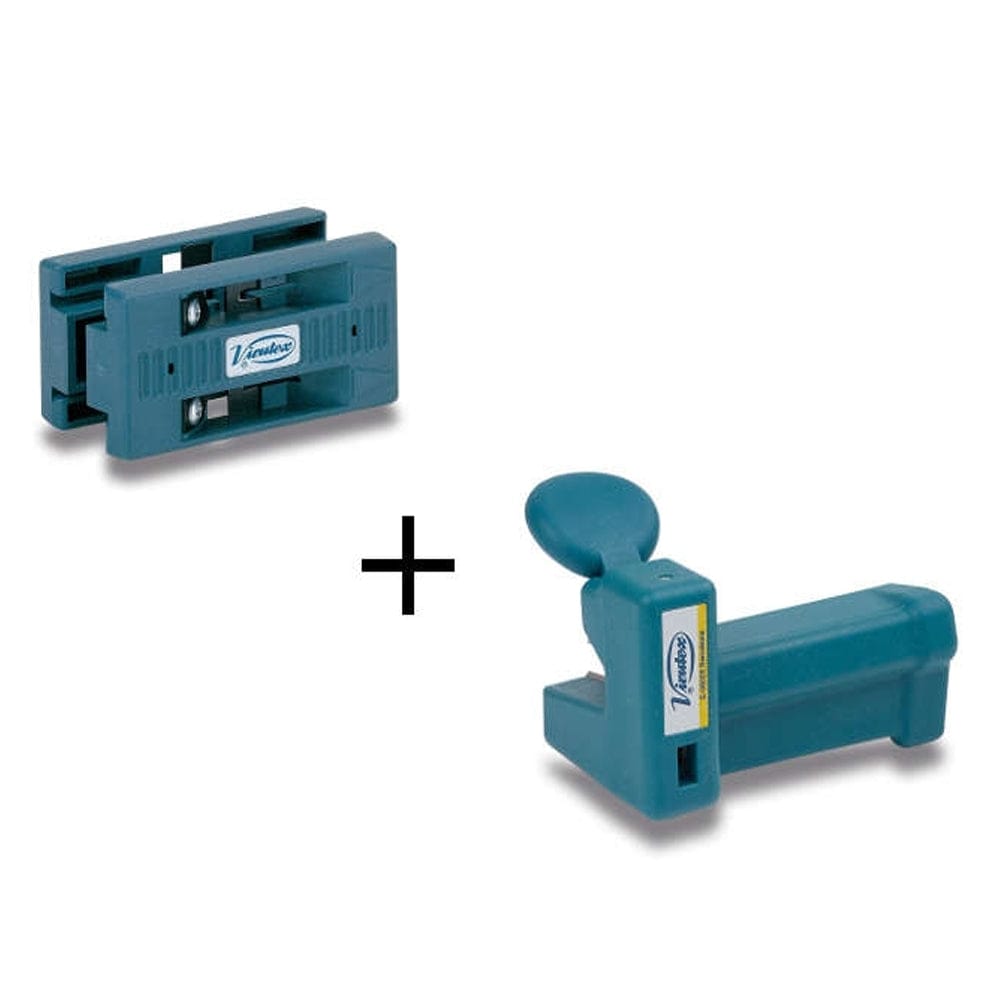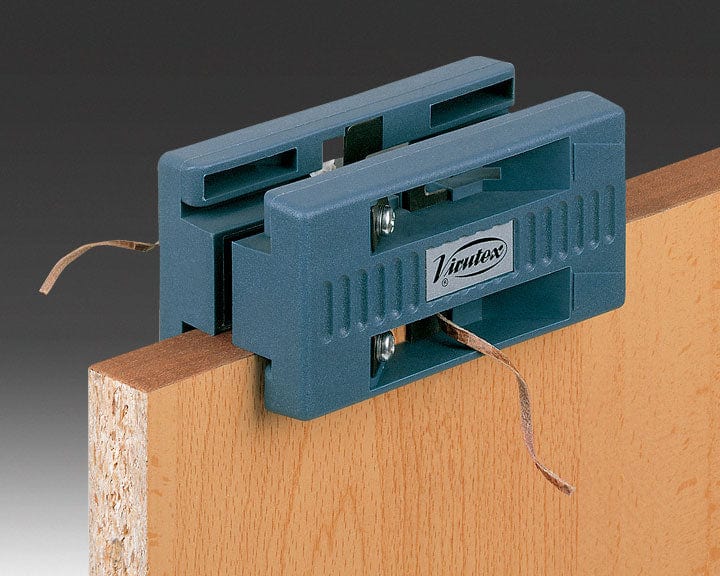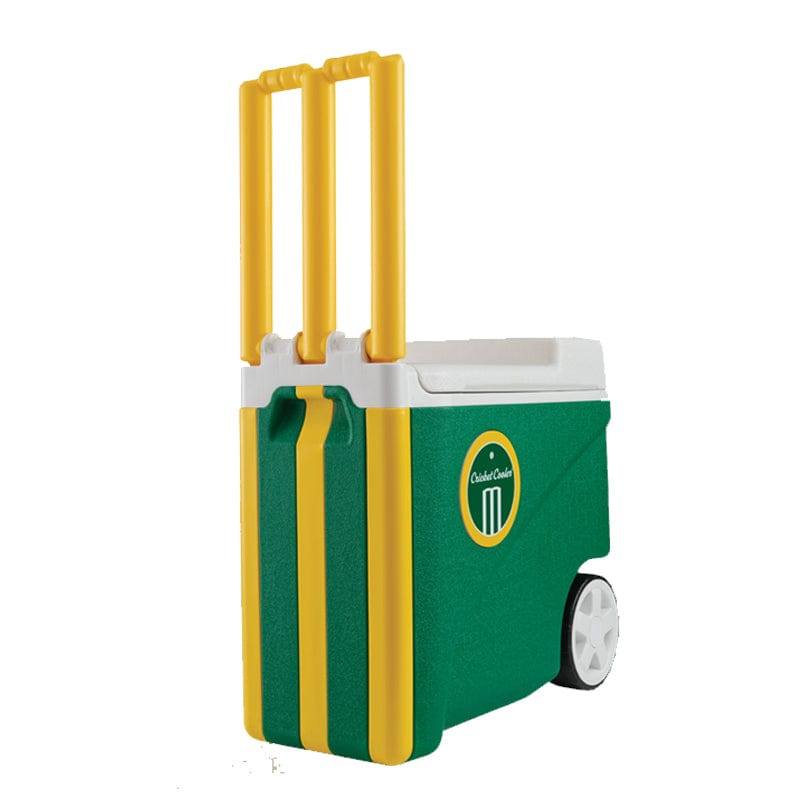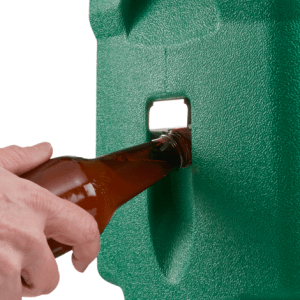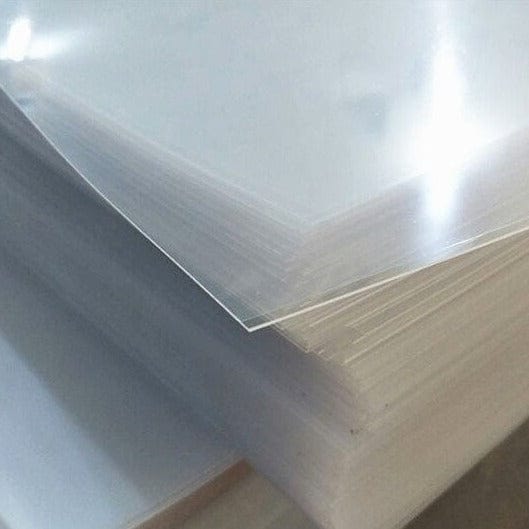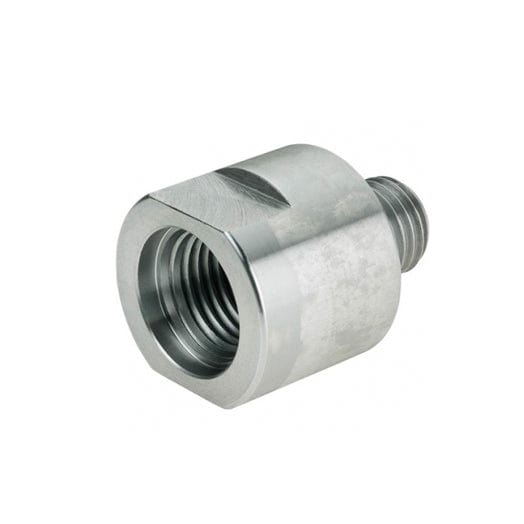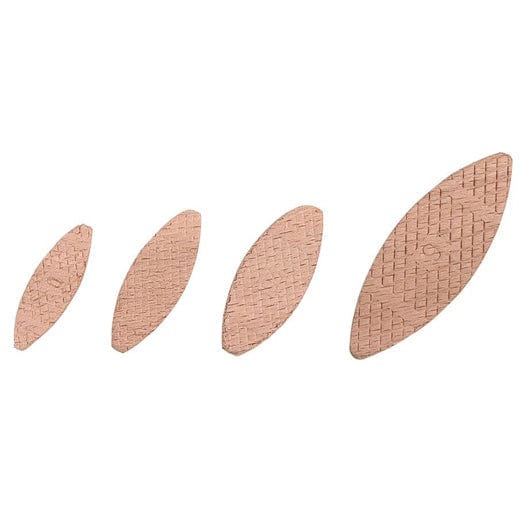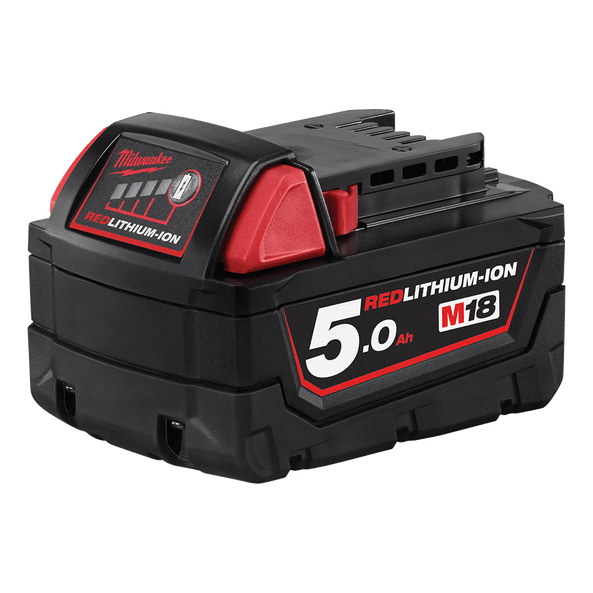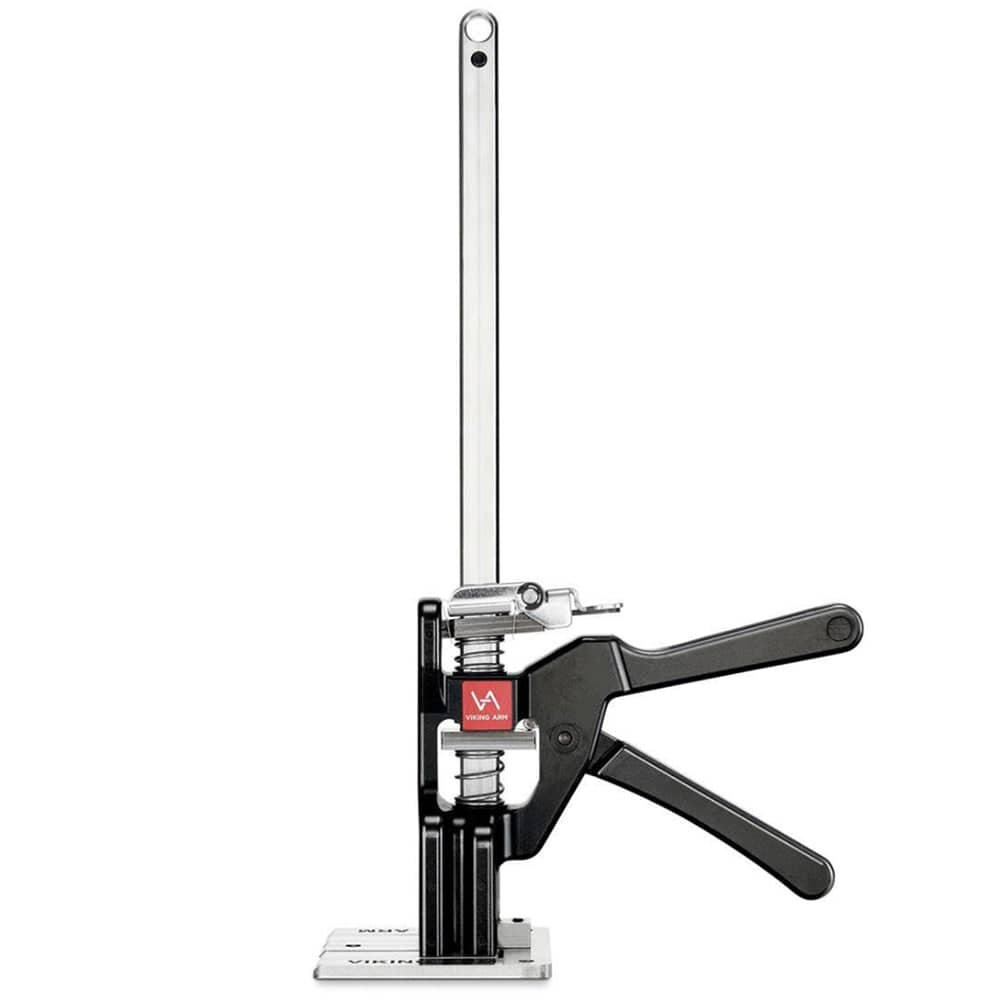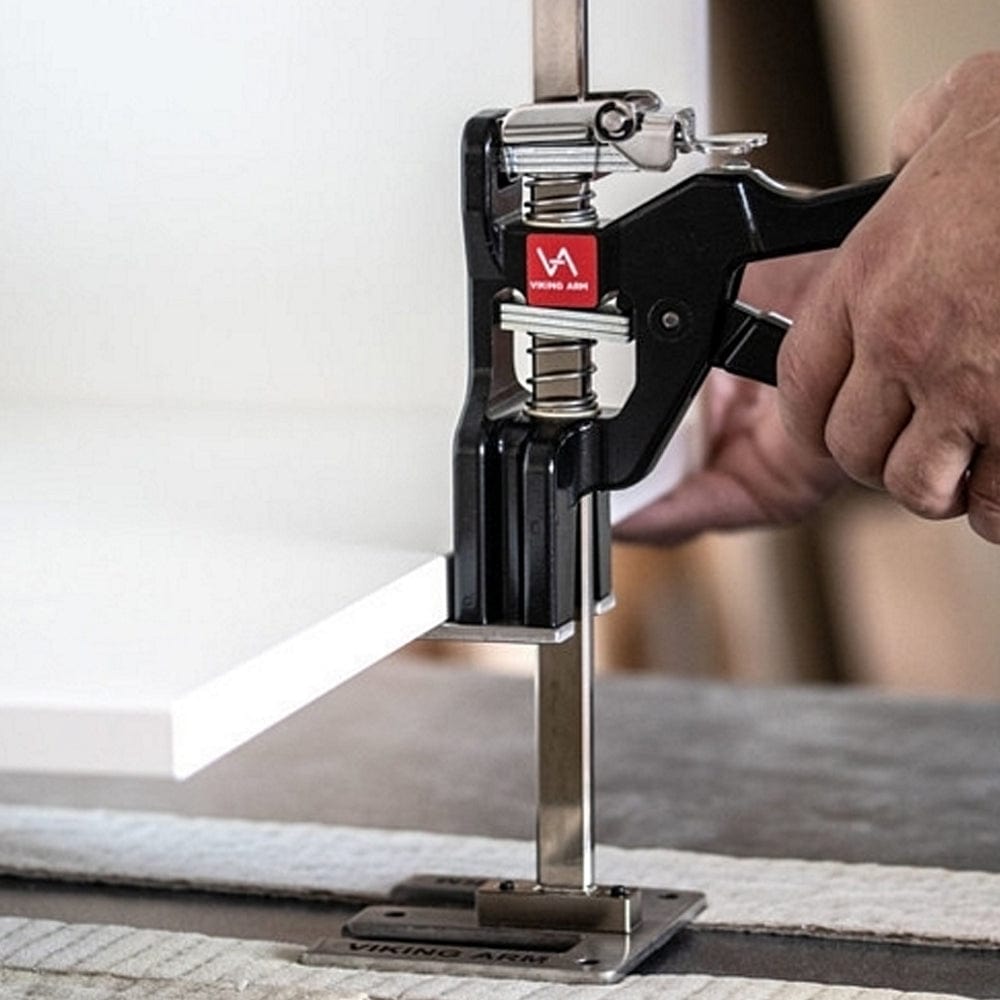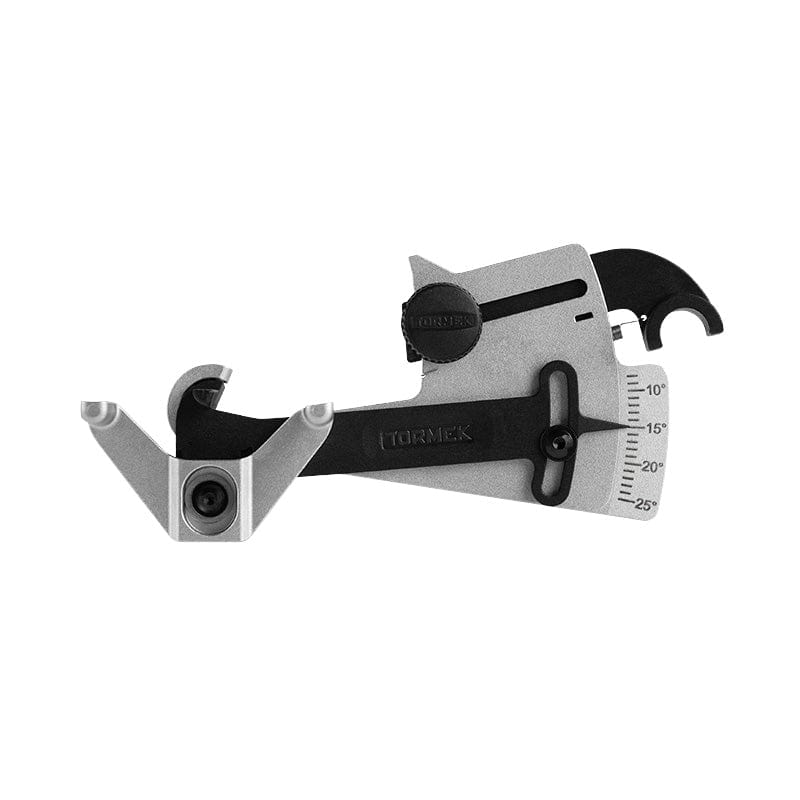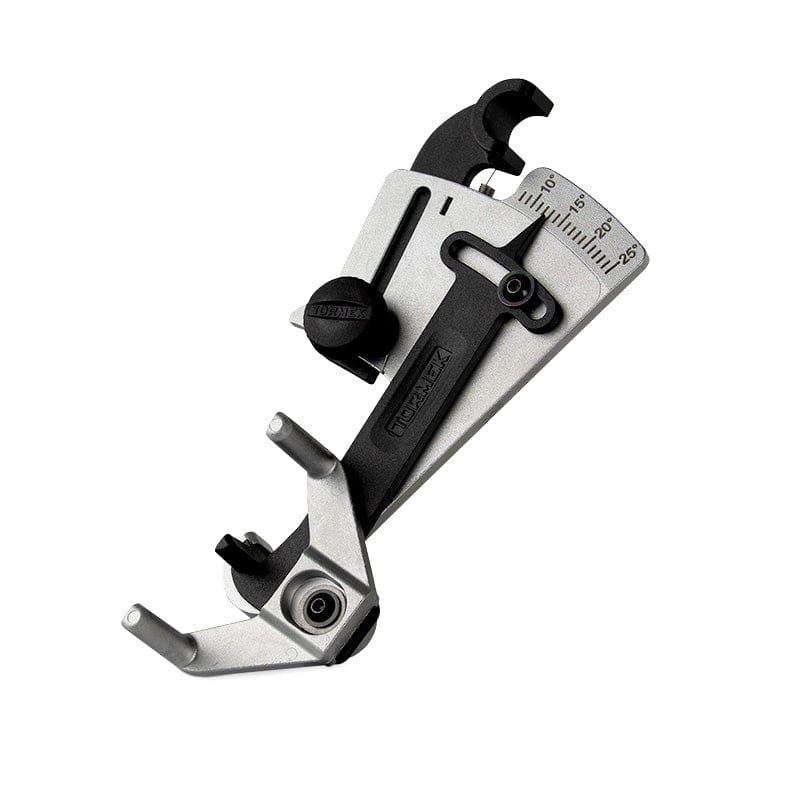HOW TO: Select the Perfect Circular Saw Blade
Circular saws are versatile and indispensable tools used for various cutting tasks in woodworking, construction, and DIY projects. However, to unleash their true potential, it's essential to choose the right circular saw blade for the job. Selecting the perfect blade ensures cleaner cuts, longer blade life, and increased safety. In this guide, we'll walk you through the factors to consider when choosing a circular saw blade to make your cutting experience smooth and efficient.
1. Blade Diameter and Arbor Size
The first step in selecting a circular saw blade is to match its diameter to the saw's capabilities. Most circular saws come in standard sizes like 7 1/4 inches and 10 inches. Ensure the blade's diameter corresponds to your saw's capacity to avoid any compatibility issues.
Moreover, check the arbor size of both the blade and the saw. The arbor is the central hole in the blade that fits onto the saw's shaft. Make sure the blade's arbor size matches your saw's arbor diameter, as an incompatible size can lead to accidents and damage to both the blade and the tool.
2. Types of Circular Saw Blades
Circular saw blades are designed for specific materials and cutting applications. Here are some common types:
a. Rip-Cut Blades: Ideal for cutting along the wood grain, these blades have fewer teeth and a large gullet for efficient chip removal during long, straight cuts.
b. Cross-Cut Blades: With more teeth and a shallow gullet, these blades are better suited for cutting across the wood grain, providing smoother and cleaner cuts.
c. Combination Blades: As the name suggests, these blades offer a balance between rip-cuts and cross-cuts, making them suitable for general-purpose use.
d. Specialty Blades: There are blades designed for cutting various materials like plywood, laminate, metals, and masonry. Choose a specialty blade if you frequently work with specific materials.
3. Number of Teeth
The number of teeth on a circular saw blade influences the quality and speed of the cut. More teeth provide smoother finishes, making them suitable for cross-cutting and fine woodworking. On the other hand, blades with fewer teeth are better for ripping through thick materials quickly. Choose the number of teeth based on the type of cuts you'll be making regularly.
4. Tooth Configuration
The tooth configuration of a circular saw blade affects its cutting performance. Common tooth configurations include:
a. Alternate Top Bevel (ATB): These blades have teeth with alternating bevels, making them ideal for cross-cutting hardwood and softwood, plywood, and MDF.
b. Triple Chip Grind (TCG): TCG blades combine flat-top teeth with alternating beveled teeth, offering efficient cutting in abrasive materials like laminate, melamine, and non-ferrous metals.
c. Flat Top Grind (FTG): FTG blades have flat-top teeth, making them suitable for rip-cuts in hardwood and softwood.
5. Blade Material
Circular saw blades are typically made from carbide, which is more durable and heat-resistant than regular steel blades. Carbide-tipped blades are known for their longevity and ability to retain sharpness even after extended use. However, high-quality carbide blades can be expensive, so consider your budget and the frequency of use when selecting the blade material.6. Consider Safety Features
Prioritize safety by choosing a blade with anti-kickback features, expansion slots, and laser-cut vents. Anti-kickback shoulders on the blade reduce the risk of dangerous kickback, while expansion slots dissipate heat, preventing the blade from warping during heavy use.
7. Determining the Blade Angle
The blade angle, also known as the "hook angle" or "rake angle," refers to the angle at which the teeth are tilted concerning the centerline of the blade. The blade angle affects the cutting performance, feed speed, and chip evacuation. There are typically three common blade angles:
a. Positive Hook Angle: Blades with a positive hook angle have teeth that tilt forward, towards the direction of rotation. These blades provide aggressive cutting action, making them suitable for fast, efficient cuts in softwoods and plywood. They are less likely to grab the material, which can be beneficial for users who prefer smoother cutting control.
b. Neutral Hook Angle: A blade with a neutral hook angle has teeth that are perpendicular to the blade's centerline. These blades strike a balance between cutting speed and smoothness. They are versatile and can handle a variety of materials, making them a good option for general-purpose use.
c. Negative Hook Angle: Blades with a negative hook angle have teeth that tilt backward, opposite the direction of rotation. They offer a slower and more controlled cutting action, making them ideal for cutting delicate materials, laminates, and non-ferrous metals. Negative hook angle blades are less likely to cause splintering or tear-out on the material's surface.
To determine the blade angle of your circular saw blade, consult the manufacturer's specifications or check the packaging. Positive hook angle blades are commonly used in most circular saw applications, while negative hook angle blades are more specialized and might require more specific sourcing.
Choosing the right circular saw blade goes beyond size and arbor compatibility; it directly impacts the quality and efficiency of your cuts. Determine the blade's intended application by considering the material, number of teeth, tooth configuration, and blade angle. Prioritize safety and precision by investing in a high-quality blade that aligns with your specific cutting needs. By selecting the perfect circular saw blade, you'll not only improve your cutting experience but also enhance the overall output and craftsmanship of your woodworking projects.

